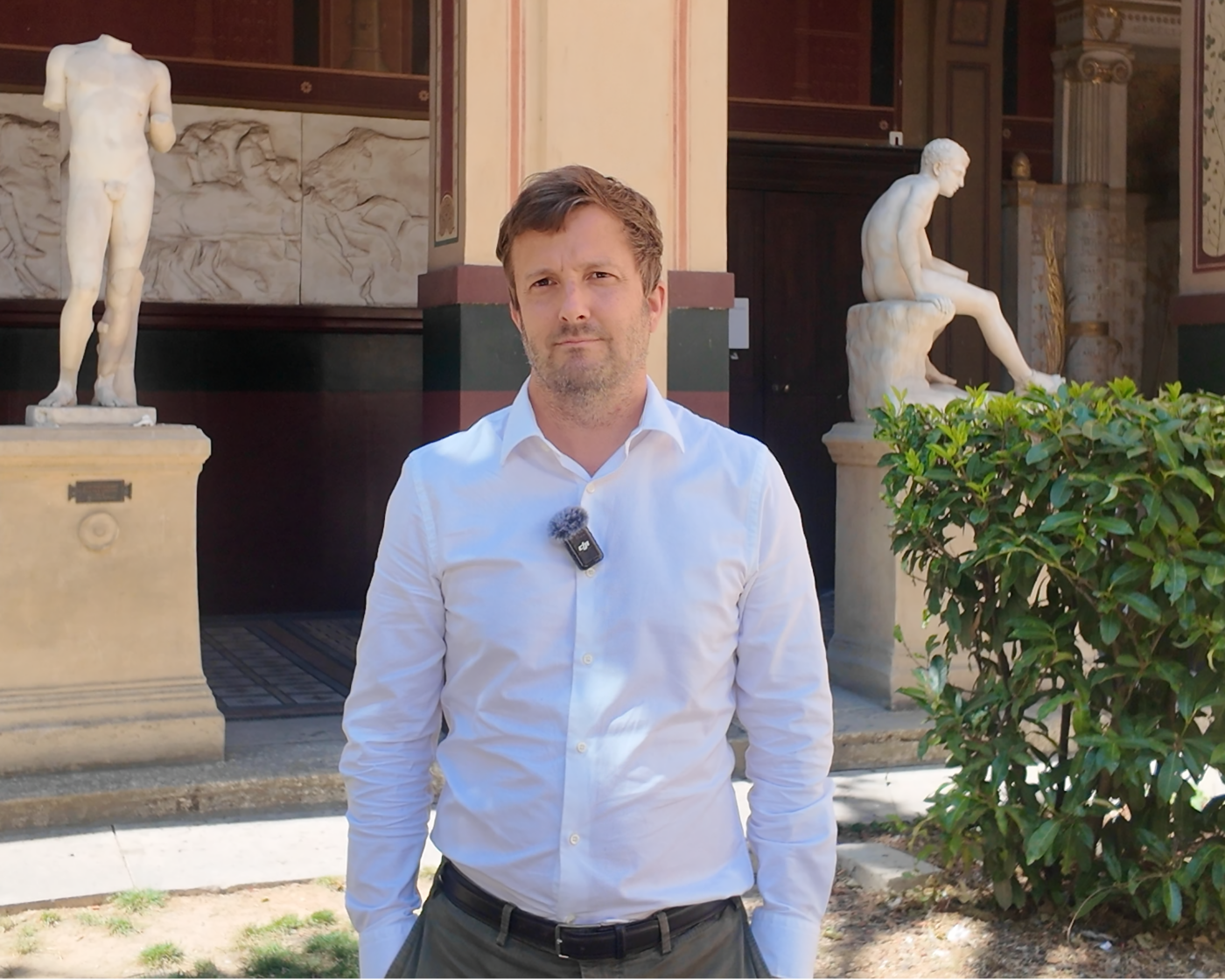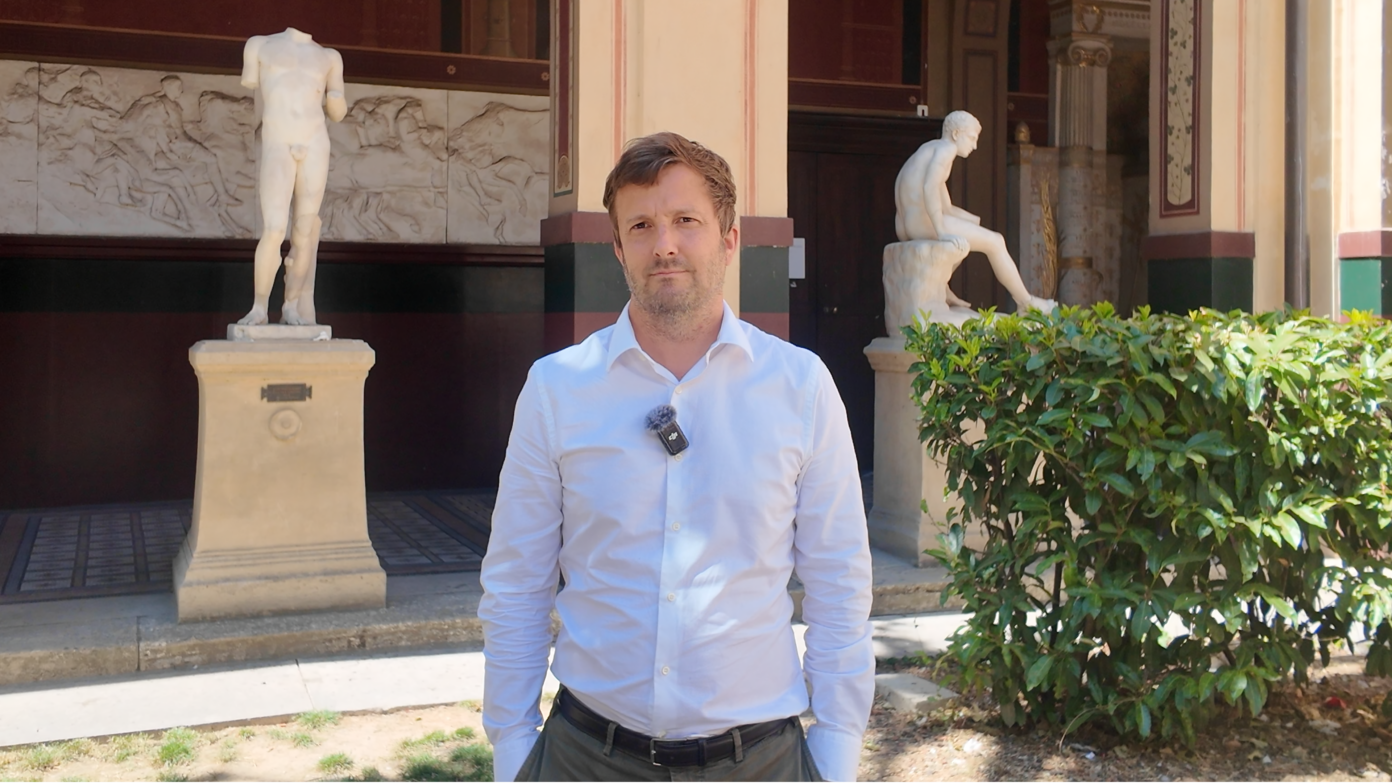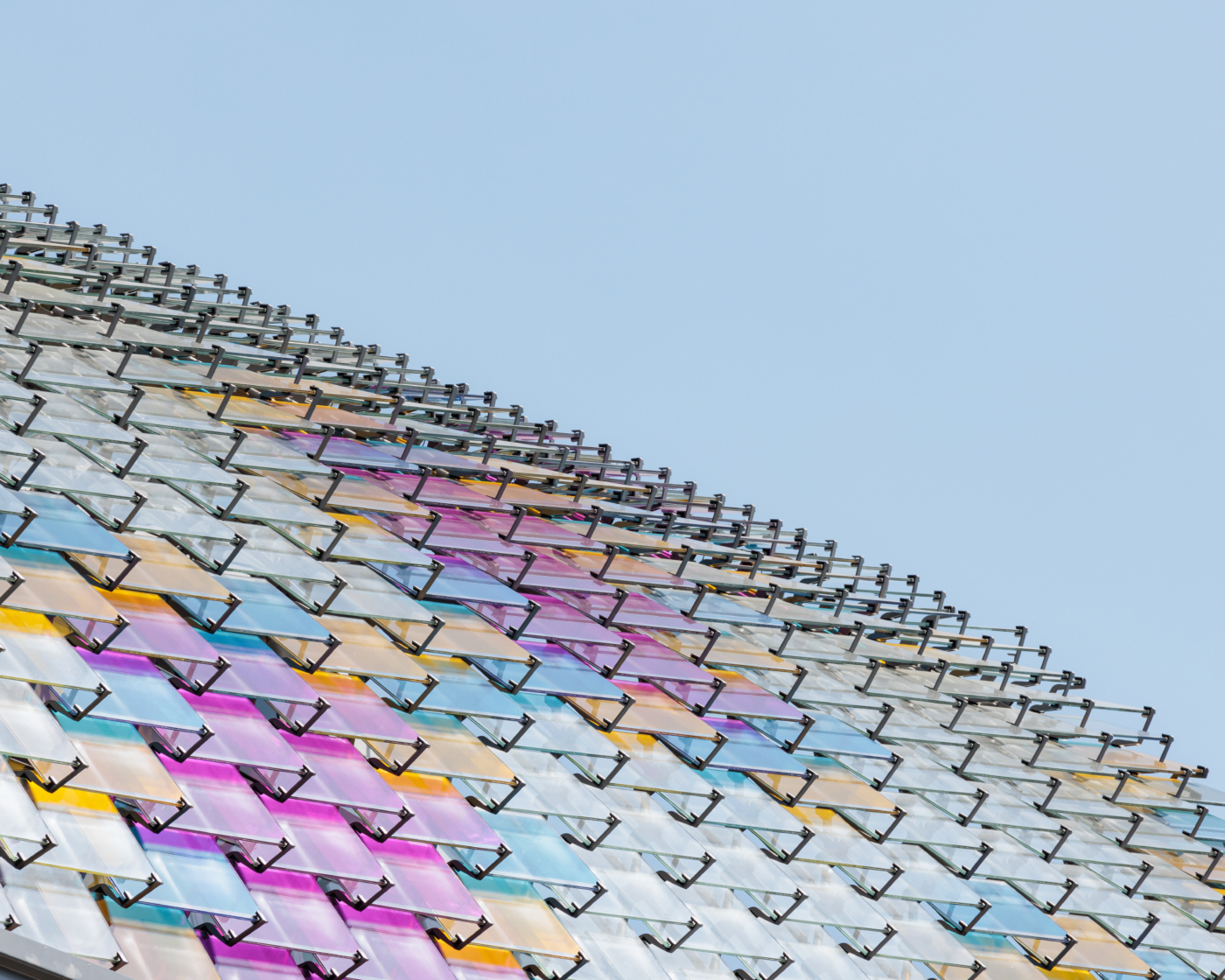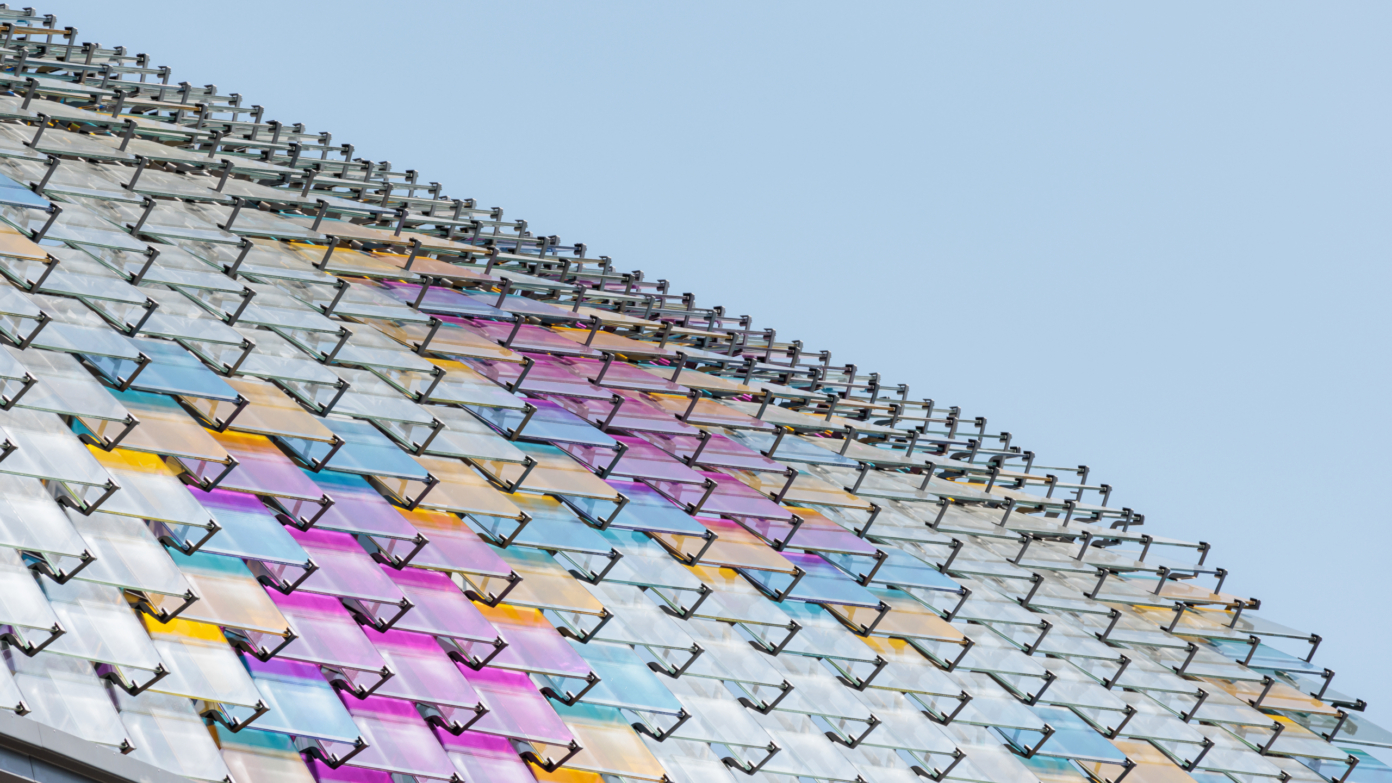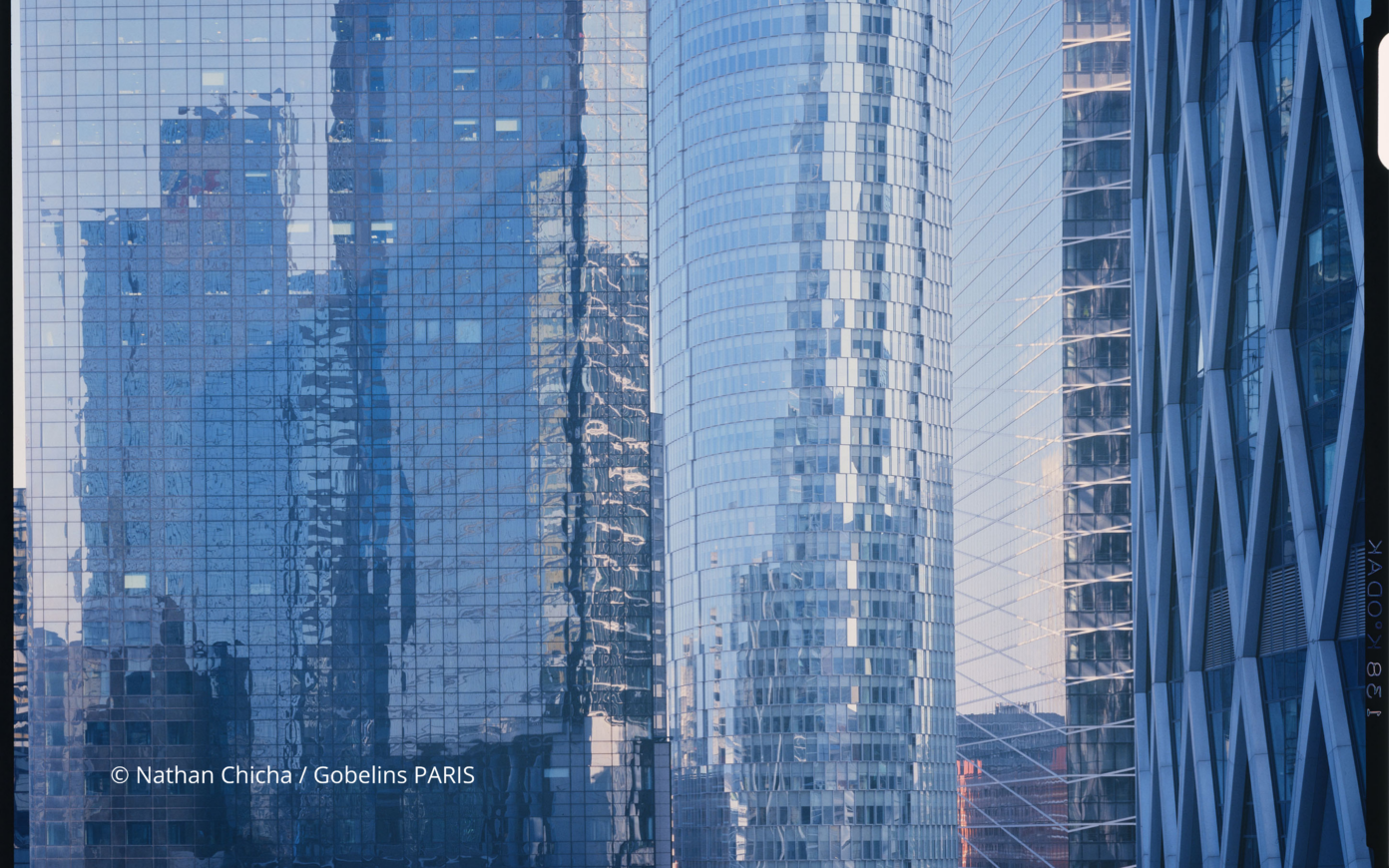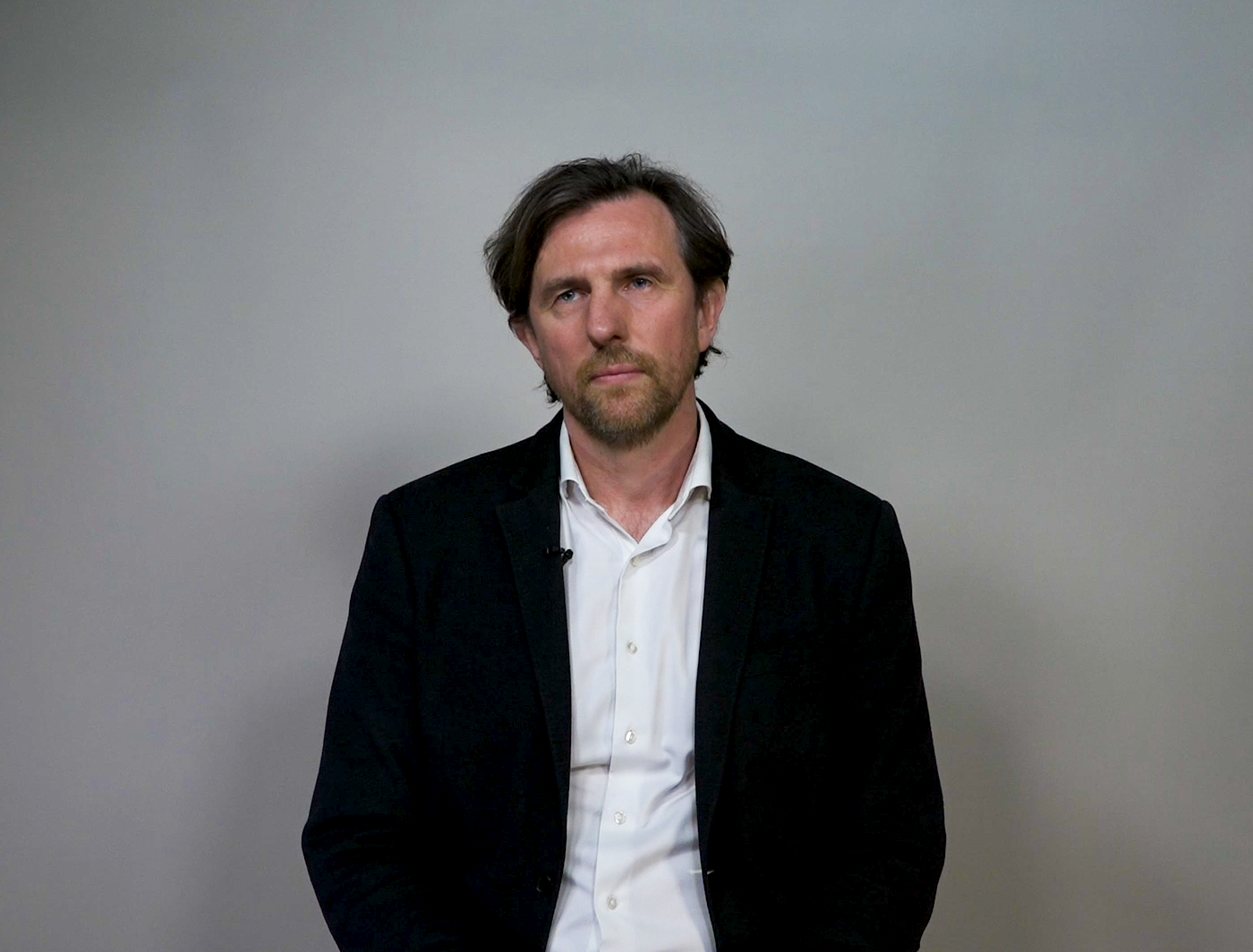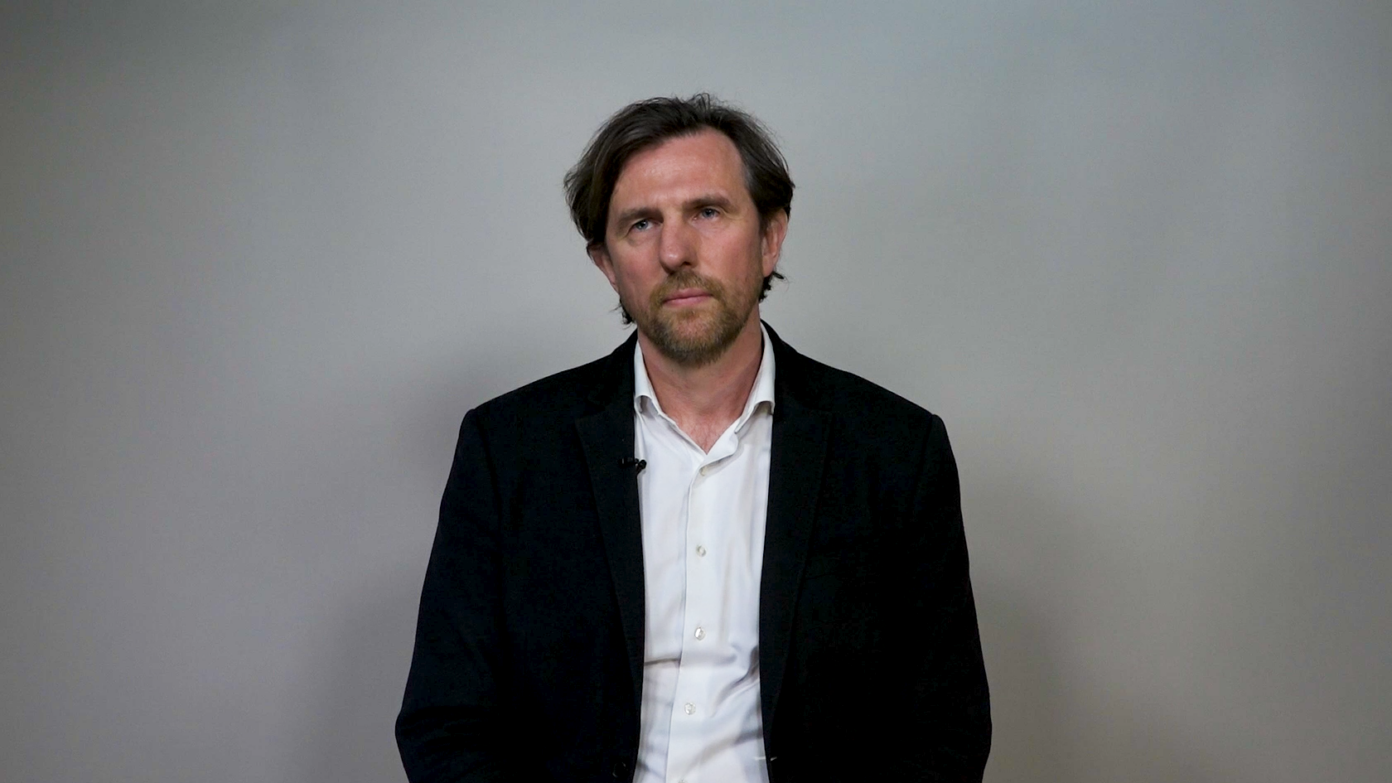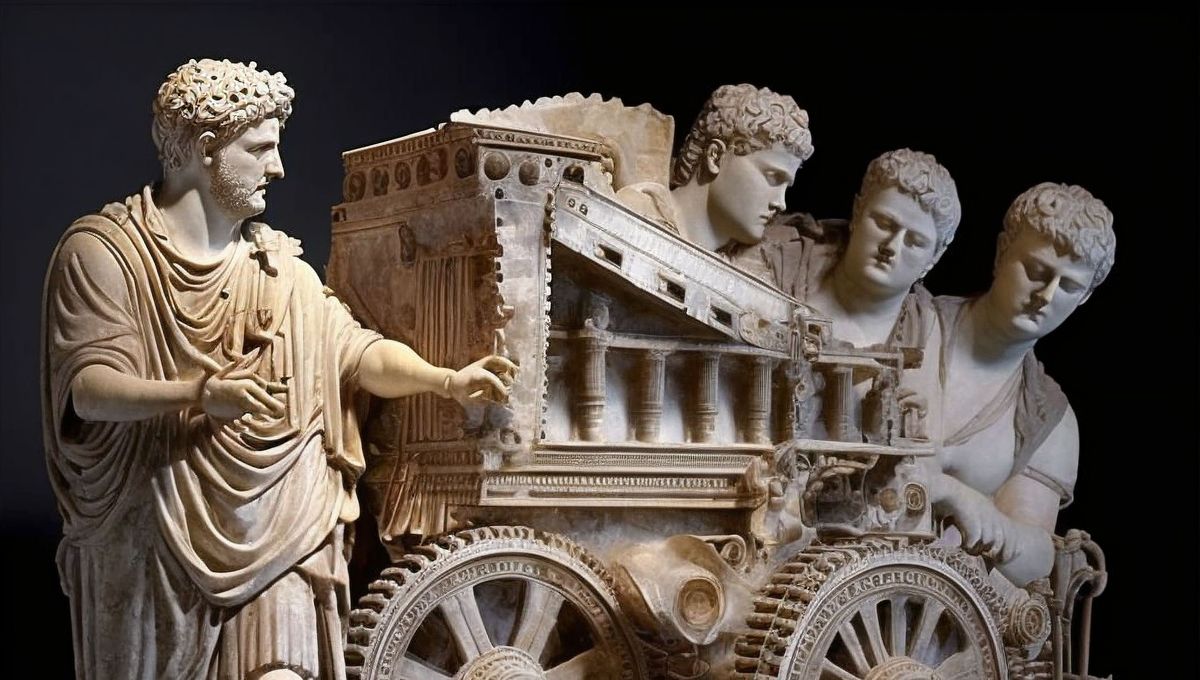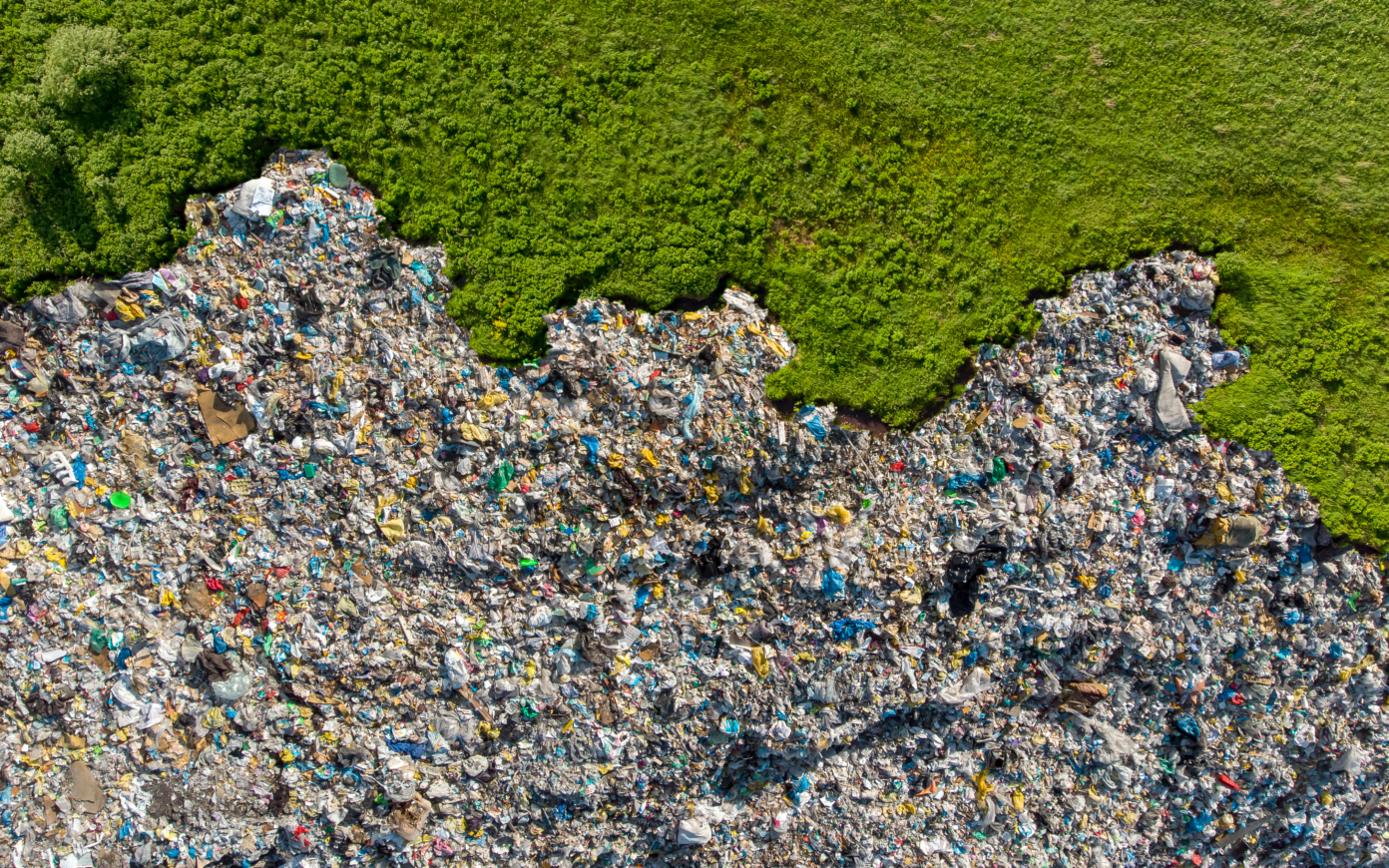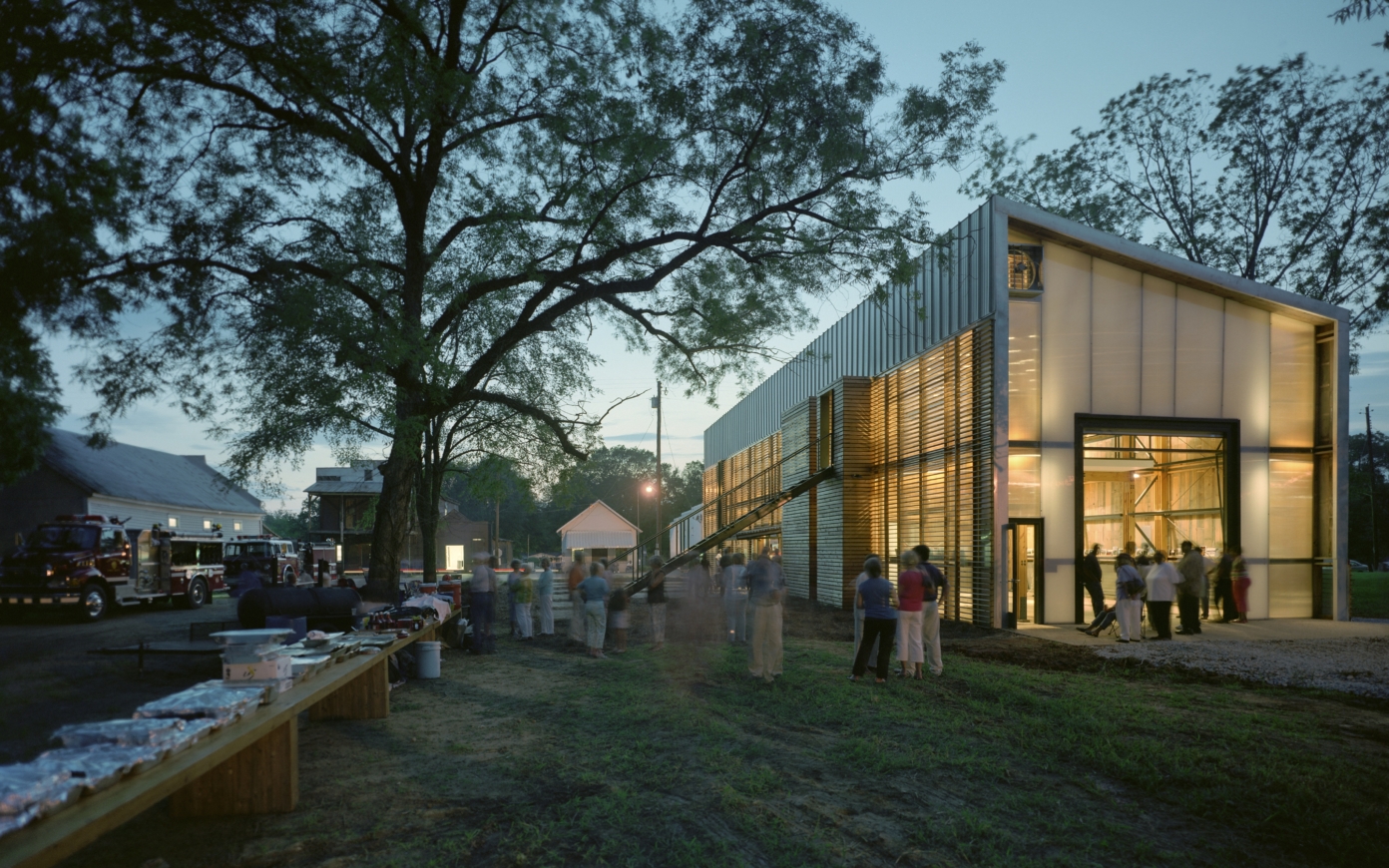A city-network
In the modern West, the image of continuous circulation within the organism has been used to describe the living since 1628 when William Harvey discovered the continuous circulation of blood within the human body: its continuity guarantees life, its interruption means death. Circulation and the figure of the circle also became referents for a vision of the organism: “Harvey,” says Canguilhem, “came to the conclusion that the blood of an animal is a given liquid mass contained with a closed system where it circulates, in other words, it moves in a circle.”Georges Canguilhem, “Physiologie,” in L’Encyclopedia Universalis (Paris, 1971). Here we have the beginning of the notion of the organism conceived as a totality organized by the circulation of multiple fluids within networks (nervous, blood, lymphatic). The city is alive because it is a reticular system, made up of flows, avenues, arteries, conduits, pipes, crossroads, etc. The idea that networks make up the city is primordial, whether they are technical, social, cultural, or economic. If the technical networks (transport, energy, communication) come to a halt, life in the city is instantly interrupted.
What makes a city is what happens within it: encounters, events, and actions, favored or stimulated by sociocultural networks of all kinds. Italo Calvino says that the city “is a place of exchange, as any textbook of economic history will tell you—only, these exchanges are not just trade in goods, they also involve words, desires, and memories.” We are in the city to live, act, and meet each other. So the bodily or biospheric metaphor of the city signifies its “life” and its “vitality” in the sense that Jean-Baptiste Lamarck used the term. At the beginning of the nineteenth century, the father of biology explained the phenomenon of life through the use of two facts: the elementary tubular structure of the body and the circulation of liquids within those tubes. The two conditions are complementary and necessary: the existence of “capacities” and the continual circulation of fluids within. The ambivalence of life (circulation of flows, the body functions) and of death (breakdown, the body ceases functioning) is co-substantial with this metaphor and with the notion of “life” identified as flows within “capacities.” The philosopher Saint-Simon took Lamarck’s definition of life and used it to imagine a whole society: “The action of liquids circulating within the capacity of organized bodies is essential in the development and maintenance of the phenomenon of life.”Henri Saint-Simon, “Mémoire sur la Science de l’Homme (1813),” in Oeuvres complètes, (Paris: PUF, 2013).
Léon Simon reported in 1832, in Conversations avec le Père, that the Saint-Simonian leader Enfantin made the following declaration to him:
“I have conceived of a plan for a new city with a human form. The head is the temple of my city. The summit hosts the priests; on the two sides the scholars and industrialists; in the center, the musicians and the other artists I suppose. The ceremonies of the temple take place here, around the neck are the paths used by scholars and industrialists, that lead to their respective homes and their places of work. Within the chest I see the academies, the academics, the houses of learning, everything that might be connected to development and teaching. Here in the belly, will be the workshops for production. Then in the thighs and legs I see boardwalks, the Champs-Élysées and the woods of Boulogne. The feet will correspond to dance halls, theaters, places in which to rejoice after work.”Quoted by Henry-René d’Allemagne, Les Saint-simoniens, 1827-1837 (Paris: Gründ, 1930).
In the wake of Saint-Simon, the organicist metaphors used to define the city multiplied. Urban planners spoke of “the arteries of the city,” comparing the center to the “heart of the city,” and the “lungs” of the city were its parks and green spaces. In the city’s undergrounds its guts and its sewers could be found; In Le Ventre de Paris, Émile Zola thus compared the central Halles of the capital, built under the Second Empire, to its stomach. The sociologist Yves Stourdzé brings us this text by Alexis Legrand, who designed the French rail network in 1842: the railroads “carry movement and life from the center to the extremities; and these extremities, in turn, send back to the heart of the State the movement and life that they have received.”Yves Stourdzé, Communications et société (mimeographed text, Paris: IRIS-Université Paris-Dauphine, 1976–78). Behind this image of the networks the metaphor of the fabric of life continues to operate.


